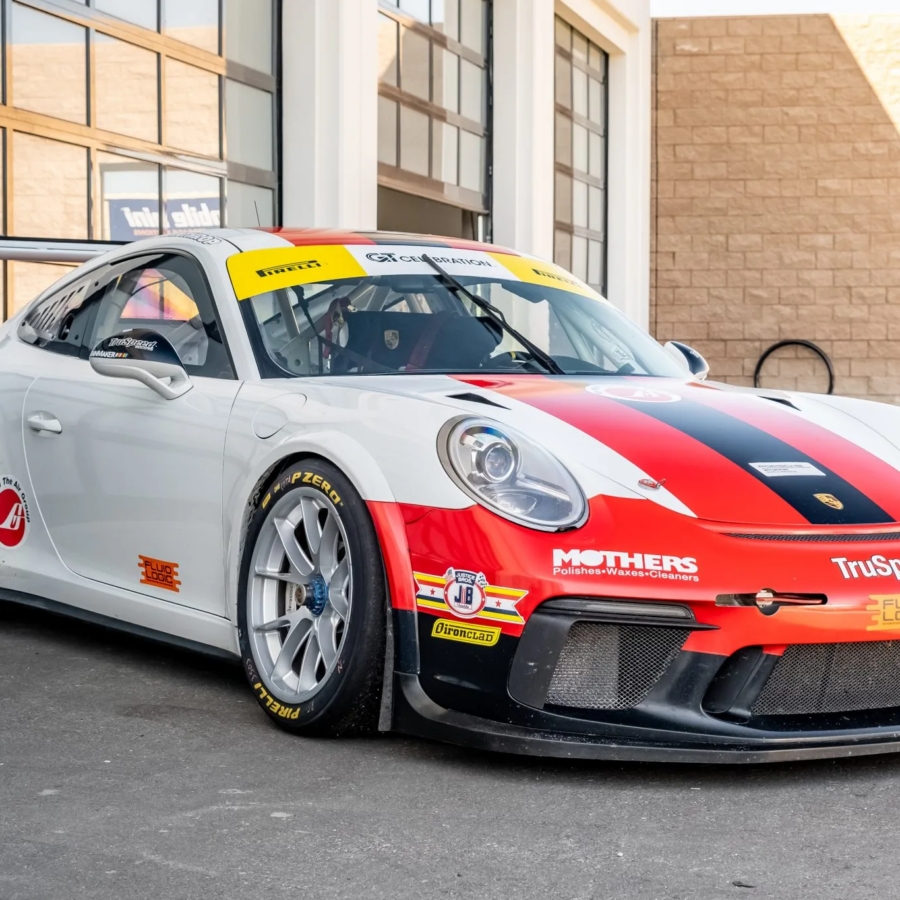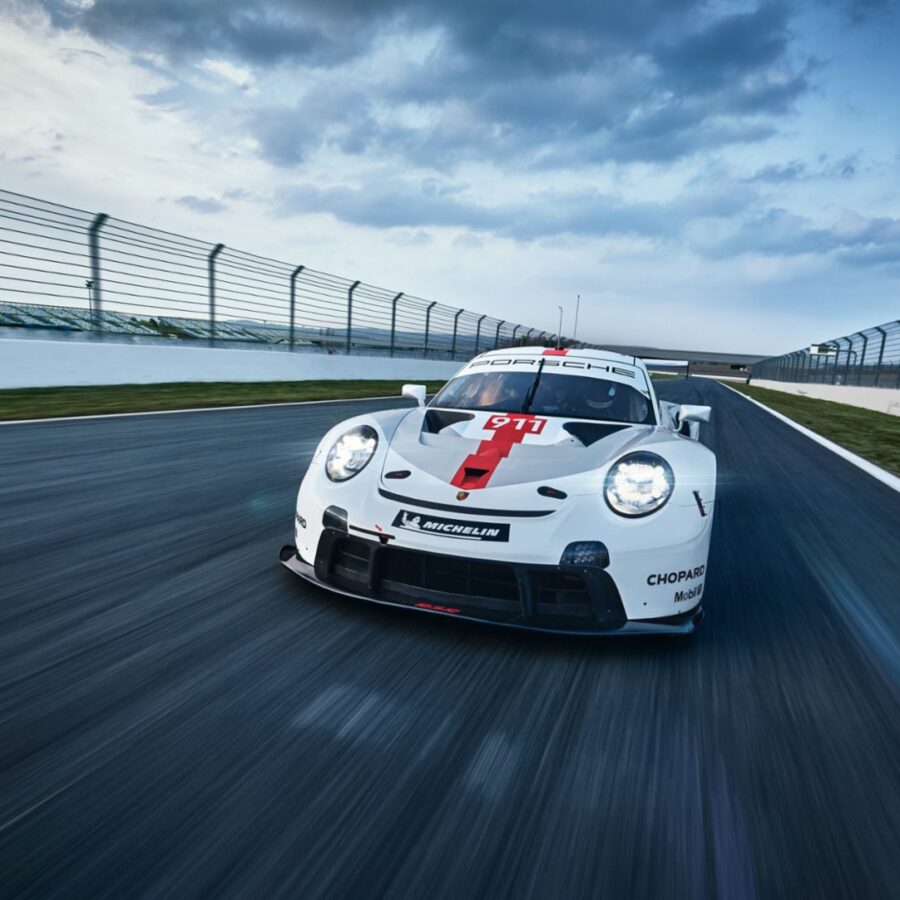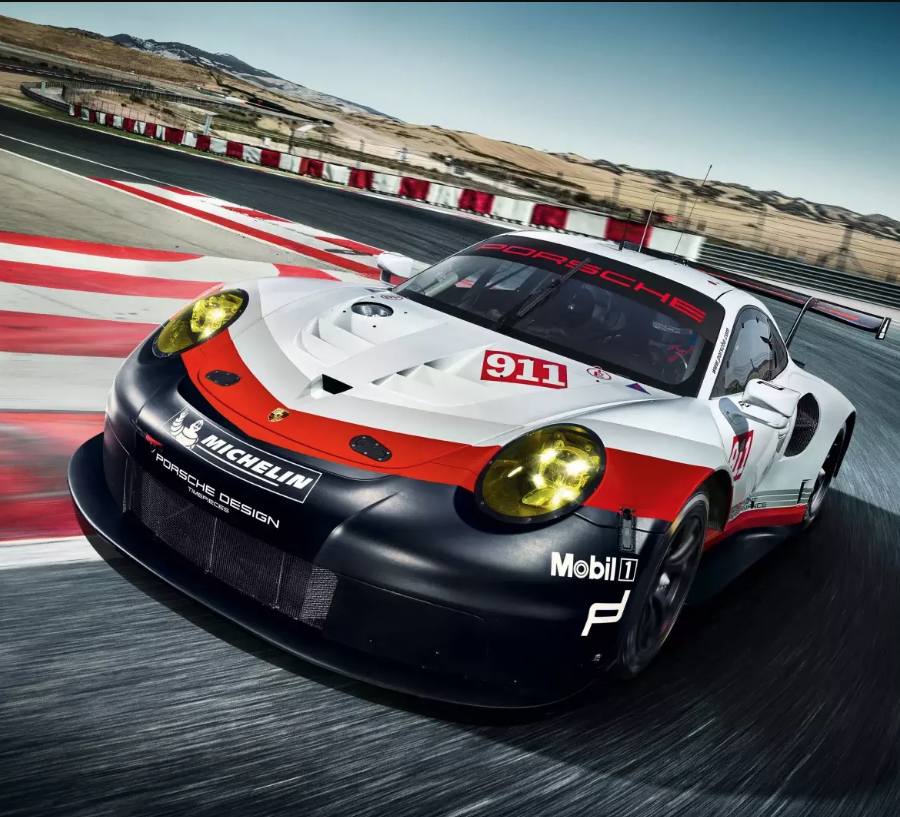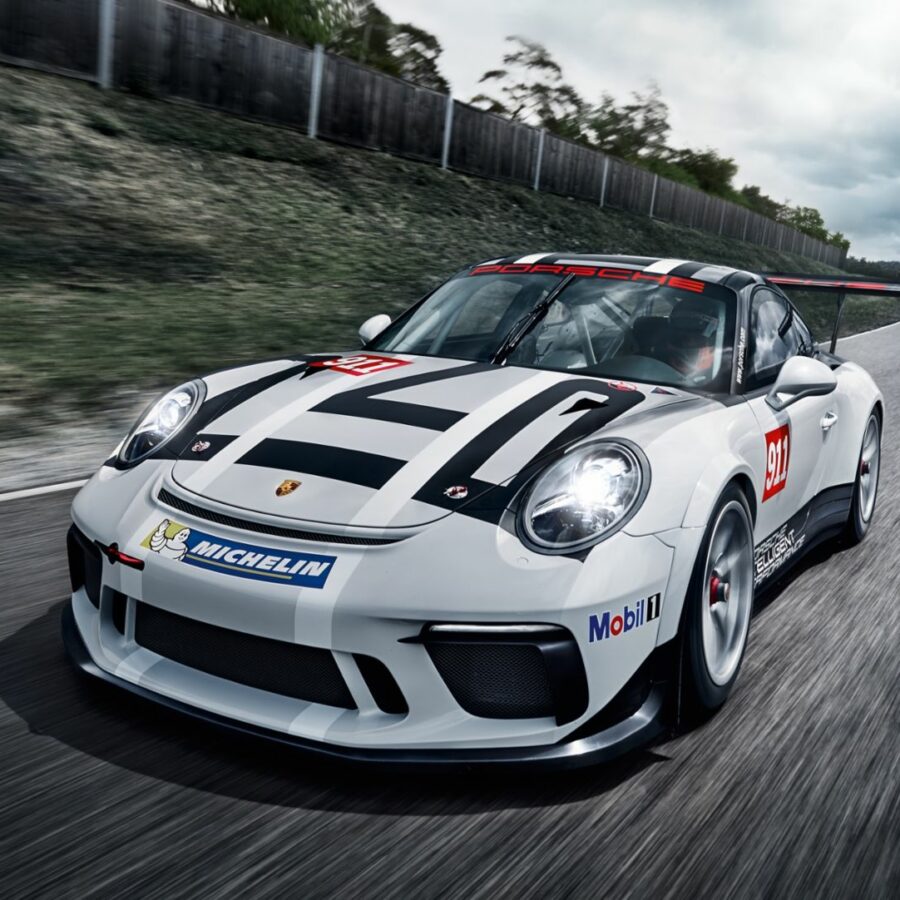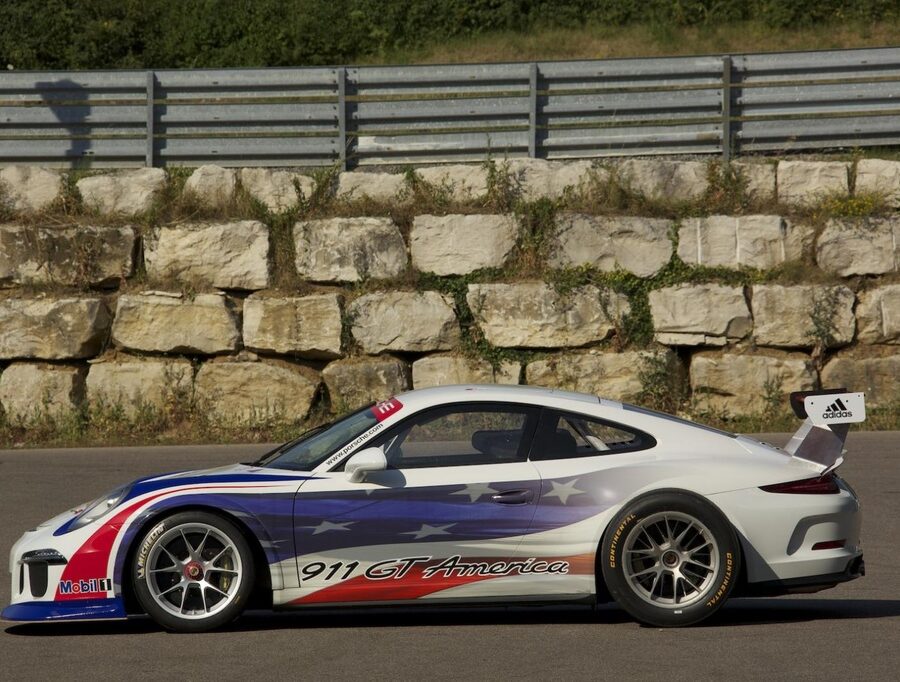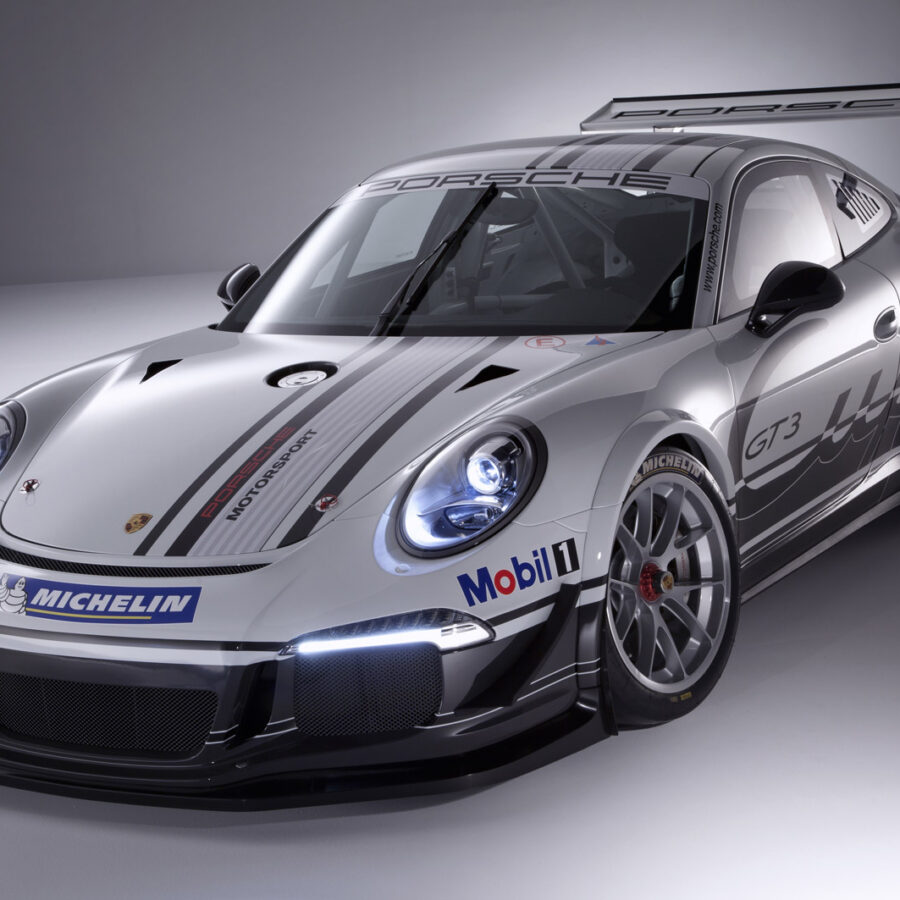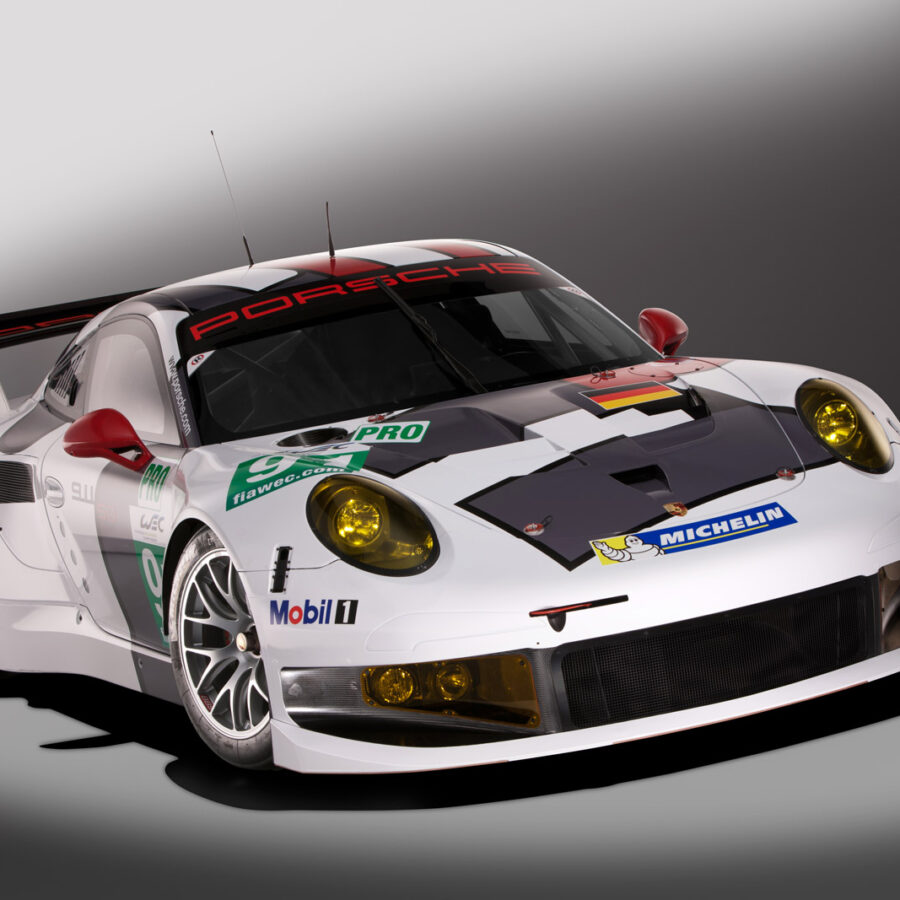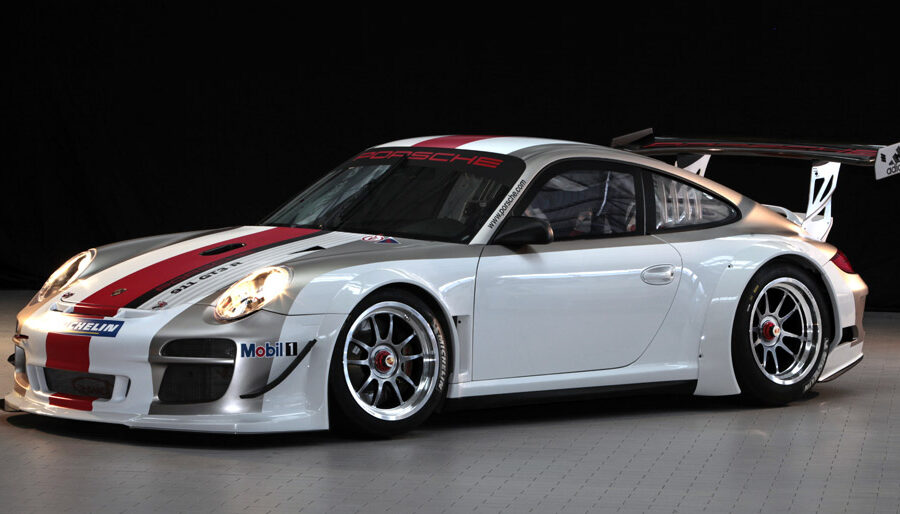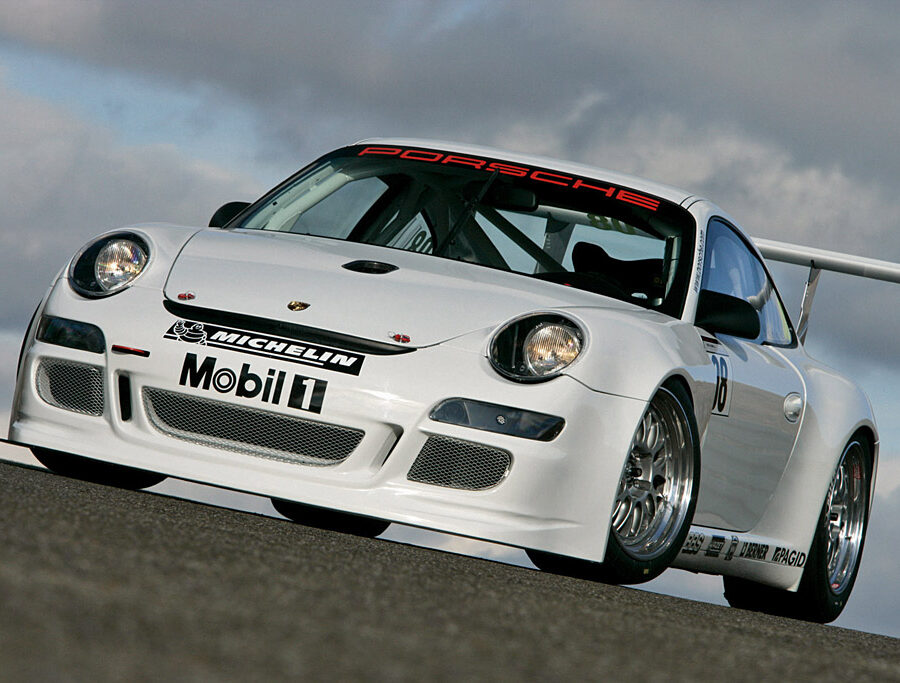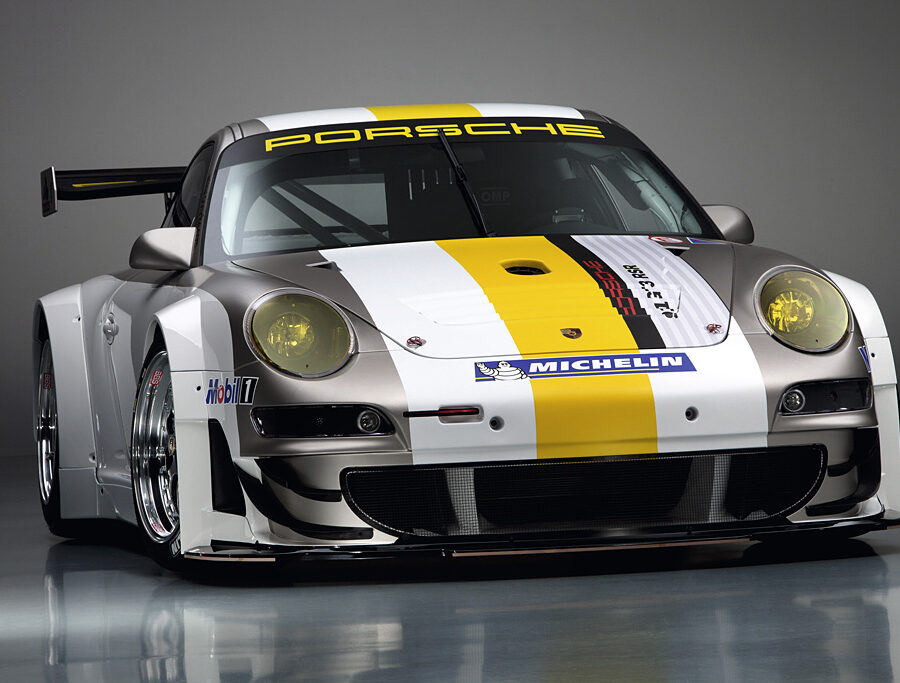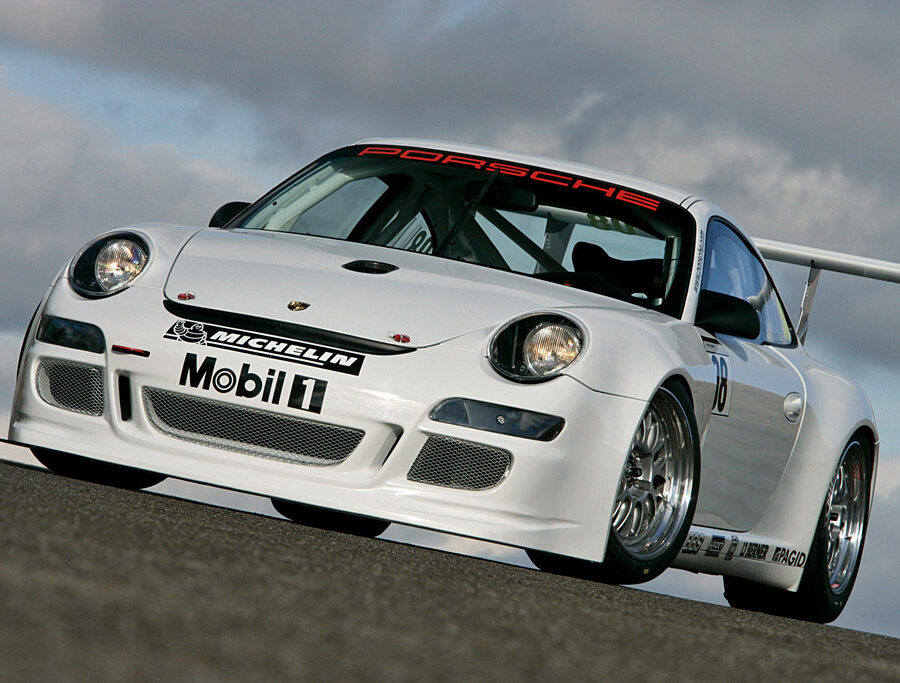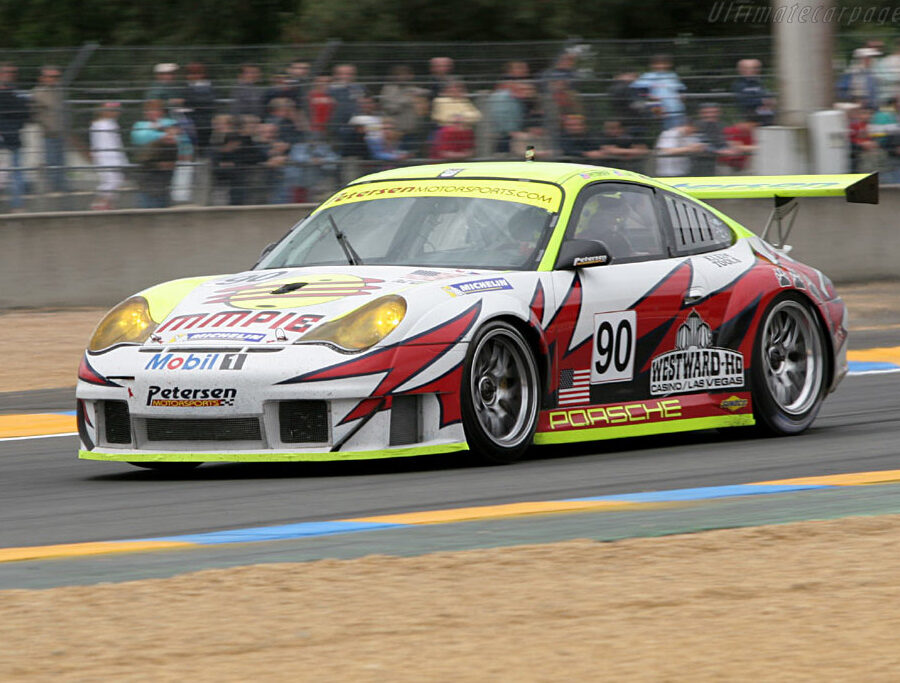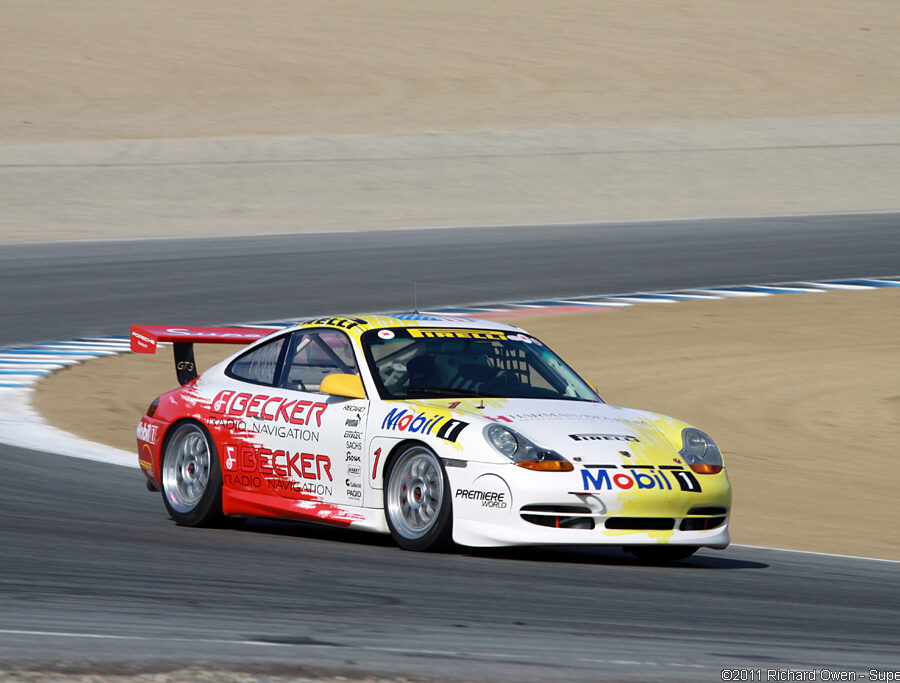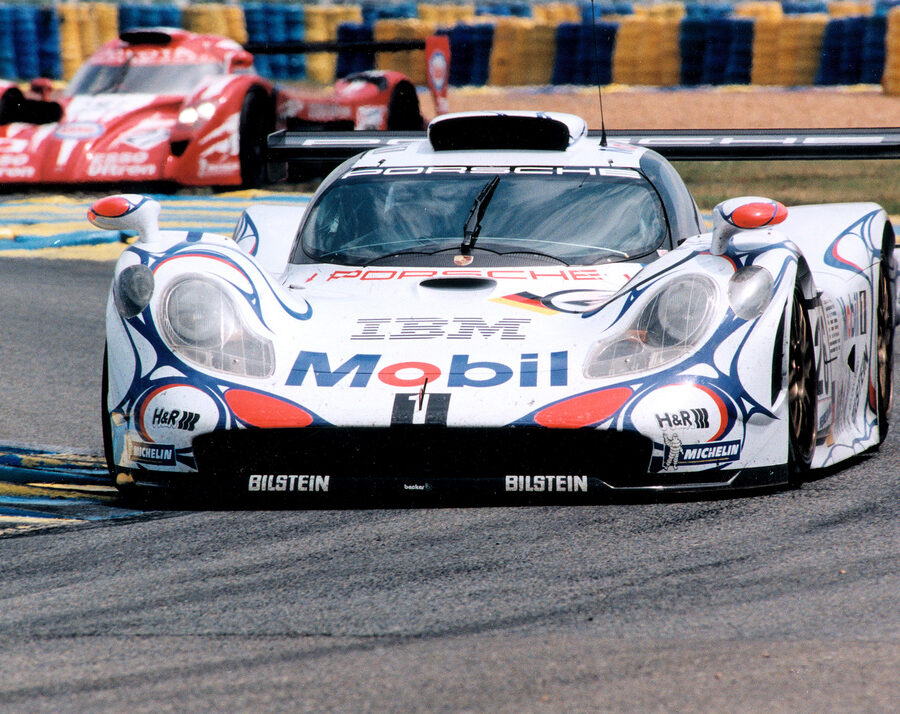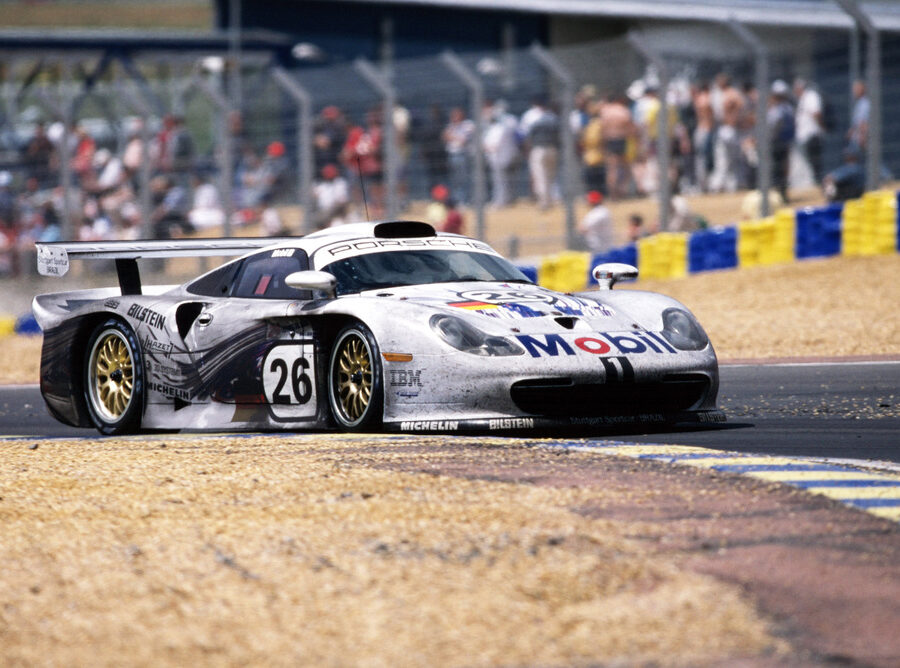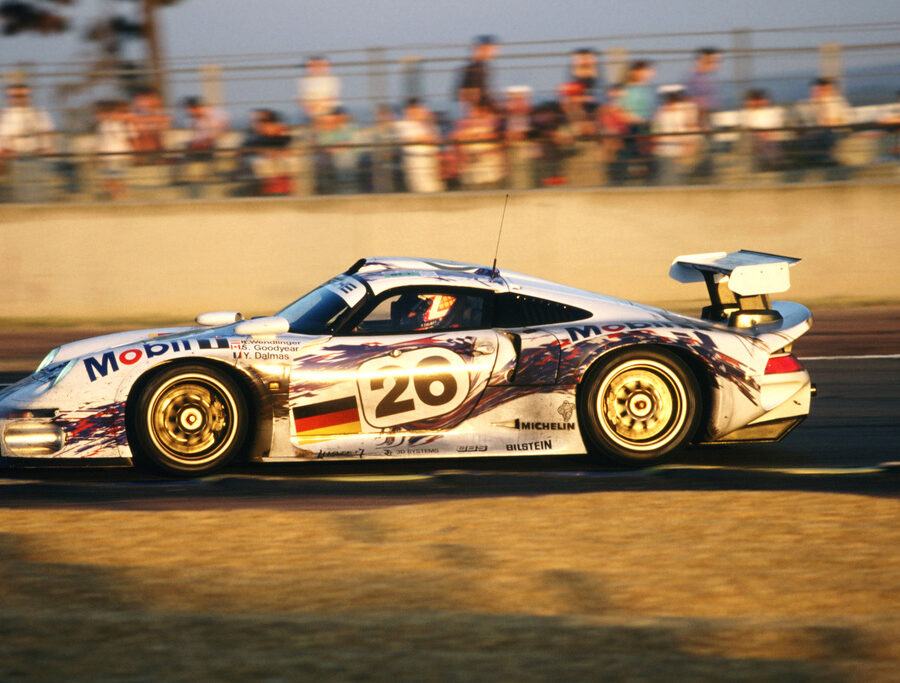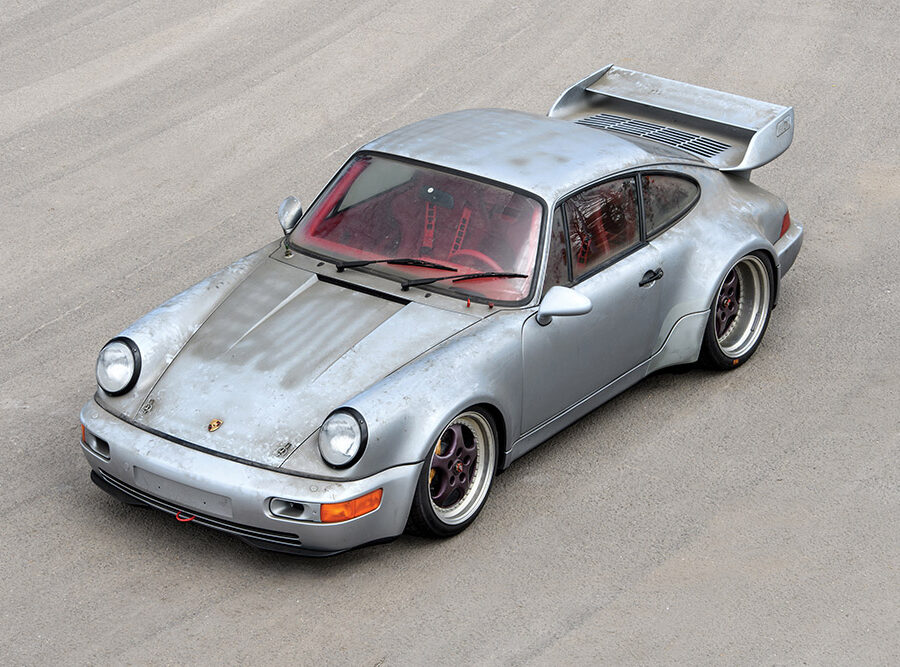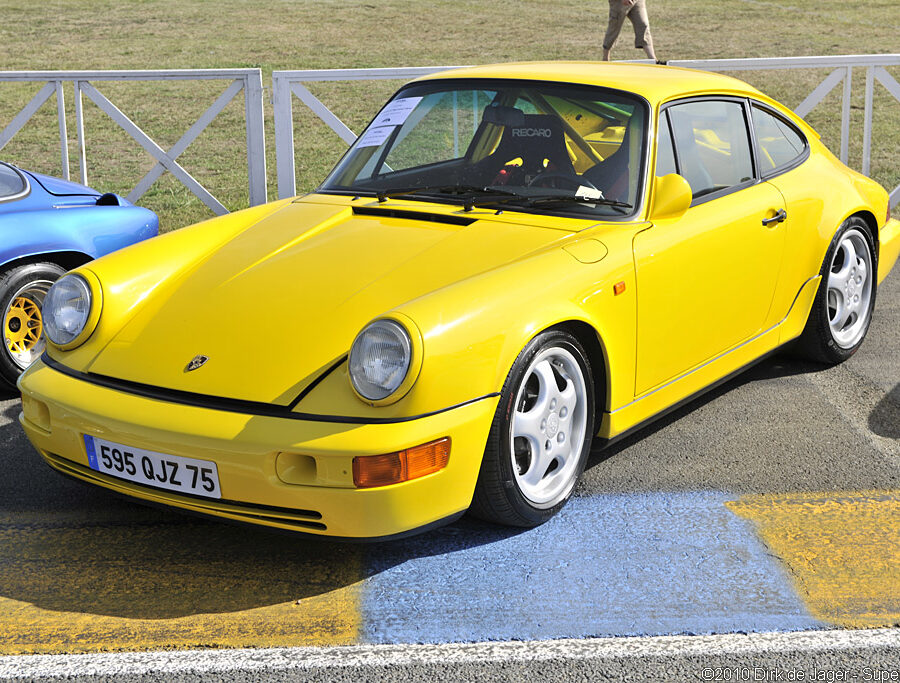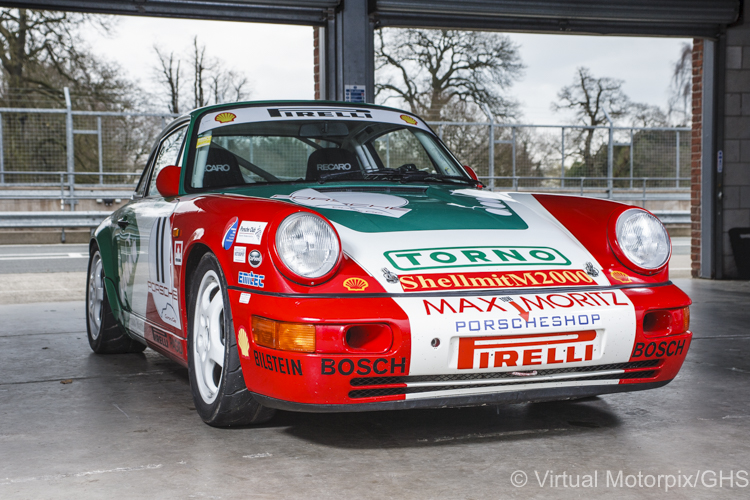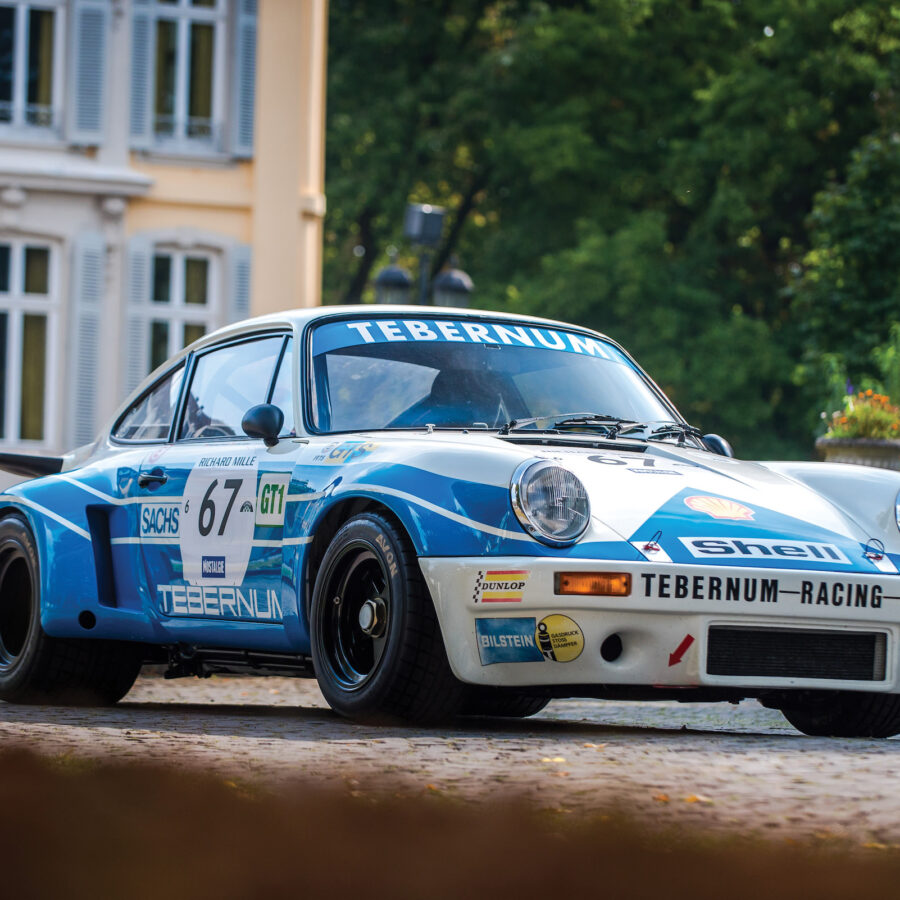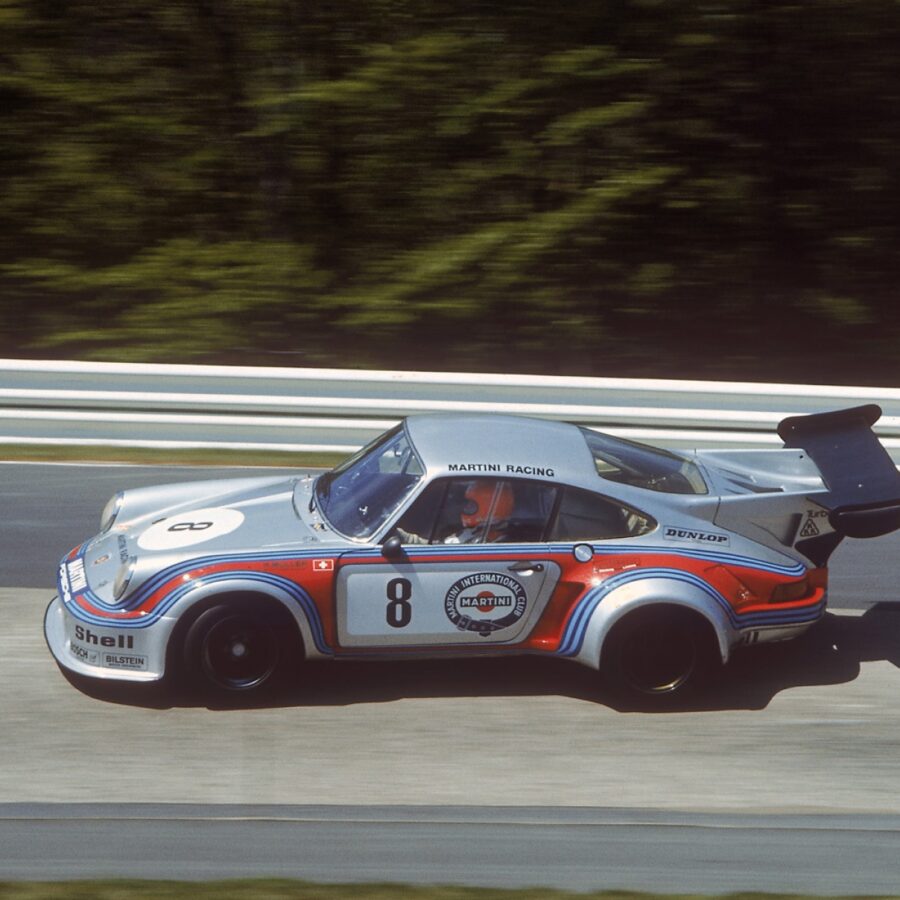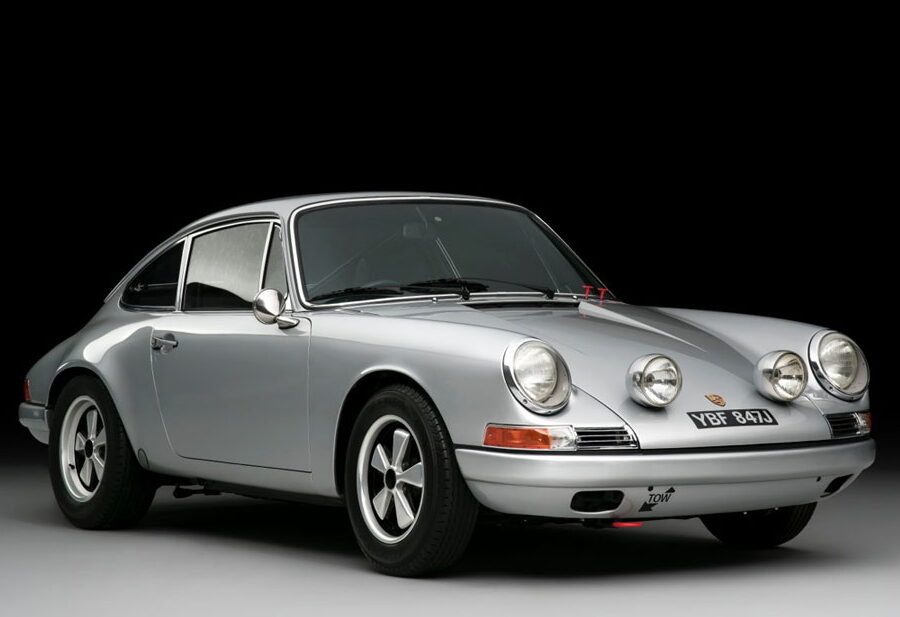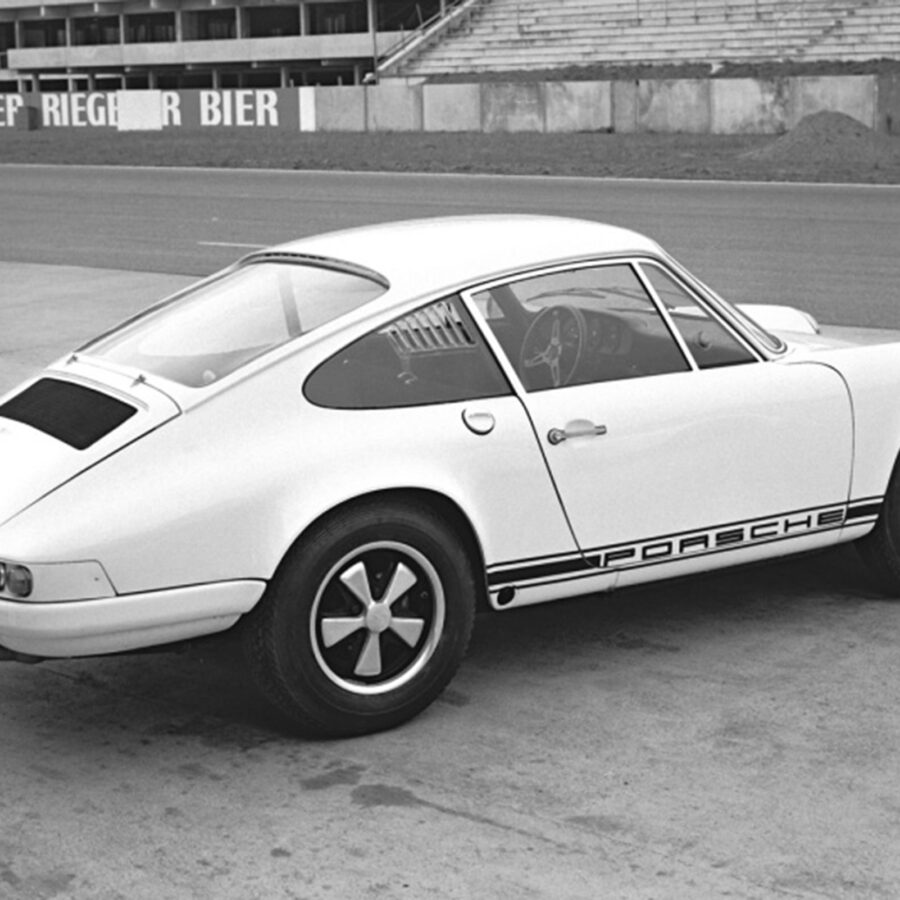Porsche 911 RSR 4.2 (991.2) (2019 – 2021)
Brand-new 911 RSR built to defend the FIA World Endurance Championship (WEC) title.
Porsche 911 RSR 4.0 (991.2) (2017 – 2019)
The mid-engined version
Porsche 991 GT3 Cup 4.0 (991.2) (2016 – 2020)
The rear of the world’s most-produced GT racing car now houses a 4-litre, six-cylinder flat engine
Porsche 911 GT America (991) (2014)
Built for the United Sports Car Racing (USRC) series and its GT Daytona class for 2014
Porsche 911 GT3 Cup (991) (2013 – 2016)
Continues to be the most successful race car in the world.
Porsche 911 RSR (991) (2013 – 2016)
2015 FIA World Endurance Cup for GT winner
Porsche 911 GT3 RSR (996) (2004 – 2005)
For the 2004 and 2005 racing season, Porsche Motorsport used the 911 GT3 RSR. This near-standard racing sportscar aimed to keep private customer teams competitive.
Porsche 911 GT3 Cup (996) (1998 – 2005)
Built for racing, the 996 GT3 Cup served as the basis for the 996 GT3 road car.
Porsche 911 GT1 ’98 (1998)
The Porsche 911 GT1/98 – Winning Le Mans in 1998
Porsche 911 GT1 Evolution (1997)
Towards the end of the 1996 season, Porsche made revisions to the 911 GT1 in preparation for the 1997 season.
Porsche 911 GT1 (1996)
Designed and developed to compete in the GT1 class of sportscar racing. Good for 205 mph...
Porsche 911 Carrera 3.8 RSR (1993 – 1994)
An all-out racing car. The RSR 3.8 could be delivered to the track in a race-ready, ‘just-add-driver’ form.
Porsche 911 Carrera RS Competition (1992)
For race teams and track day customers Porsche prepared a small number of the 964 Cup cars according to the FIA NG-T regulations.
Porsche 911 Carrera RSR 3.0 (1974 – 1975)
The 3.0 RSR was one of the most successful Group 4 racing cars ever
Porsche 911 Carrera Turbo 2.1 (1974)
The first turbocharged Porsche 911, and the first turbo-powered Porsche race car at Le Mans.
Porsche 911 T/R (1968)
The 911T in 1968 was the lightest 911 making it ideal for racing where the SWB T was homologated for Group 3.
Porsche 911 R (1967 – 1968)
A lightweight racer designed to take the newly released 911 to its limit


